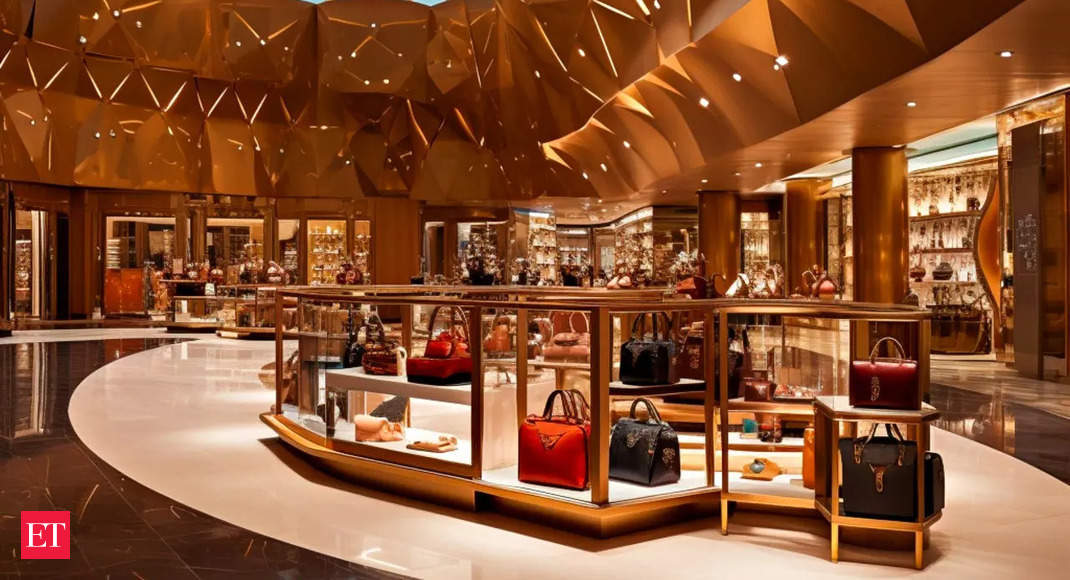The Indian government’s proposal to impose a 20% tax on expenditures made abroad under the Liberalised Remittance Scheme is expected to boost the sale of luxury brands in India. Due to the pandemic, international travel restrictions shifted sales to domestic stores, and the narrowing price gap between foreign and local markets, after accounting for the 20% tax collected at source, is attracting Indian consumers.
The government’s proposal aims to impose a 20% tax on expenditures made abroad exceeding Rs 7 lakh in a financial year from October 1 under the Liberalised Remittance Scheme. Experts believe that this tax will push the sale of luxury brands in India.
The COVID-19 pandemic has already helped stimulate demand for luxury brands in India as international travel restrictions redirected sales to domestic stores. With the proposed tax, the difference in price between luxury products in India and abroad will reduce, prompting buyers to shop in India.
Previously, Indian consumers would travel abroad to shop for luxury brands in places like Dubai or London. However, due to the pandemic, many luxury brands called their Indian consumers to the store and organized small events. This shift in strategy has led to many Indian consumers experiencing the brand’s store in India for the first time and realizing that the price difference is minimal, around 15%. Millennials, in particular, have shown a preference for luxury brands, contributing to the growth of the market.
Furthermore, global luxury brands are increasingly interested in the Indian market. Companies like Aditya Birla Fashion Retail have partnered with French luxury department store chain Galeries Lafayette, and Reliance Brands has signed deals to bring global luxury brands Valentino and Balenciaga to India.
Industry experts predict that the prices of luxury products in India will now be at par with global prices, which will work in favor of outlets in India. Despite import duties, luxury brands usually align prices to ensure consistency across stores in different countries. As a result, Indian shoppers will keep the Rs 7 lakh limit for other purposes instead of spending it on goods available in India.
According to a report by Bain & Co, India’s luxury market is projected to reach $85 billion-$90 billion by 2030. Factors contributing to this growth include an increasing number of ultra-high-net-worth individuals, strong middle-class growth, growing entrepreneurship, greater penetration of e-commerce, and demand from tier-2 and -3 cities.
Tax experts have called for a reduction in the overall tax on luxury goods in order to further boost sales. Currently, India imposes a 28% Goods and Services Tax (GST), the highest rate under the tax system, on most luxury goods. Experts believe that this high tax rate makes luxury goods expensive in India. They suggest that pruning the GST on luxury goods, in addition to the proposed 20% tax on foreign transactions, will yield the intended results by making luxury goods more affordable in the Indian market.
The proposed 20% tax on foreign transactions was initially planned to be effective from July 1 but was later postponed to apply from October 1.











